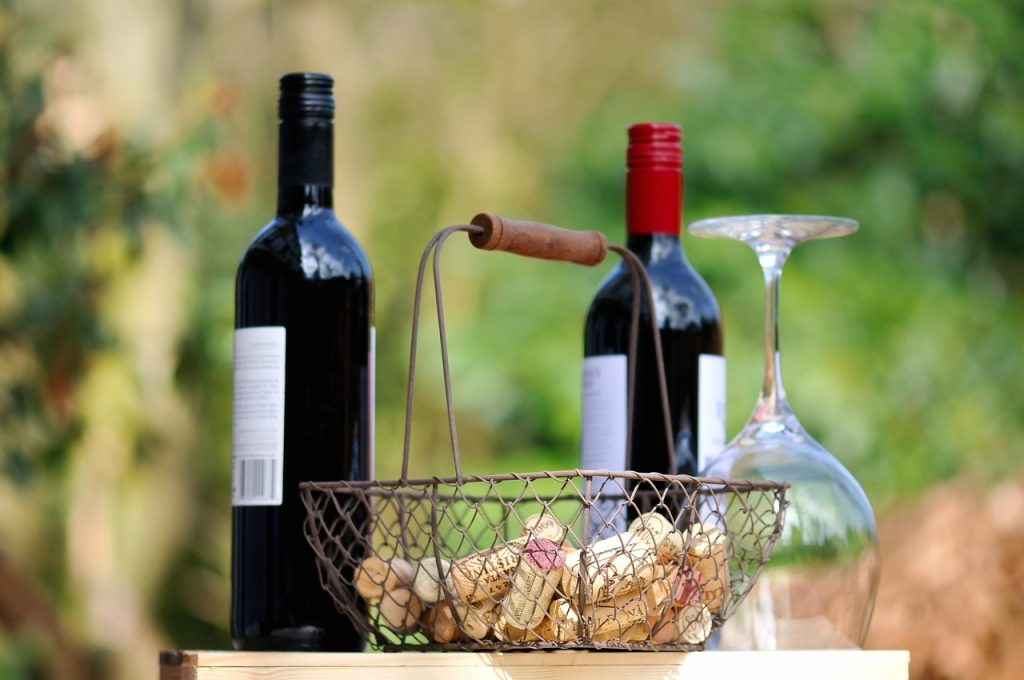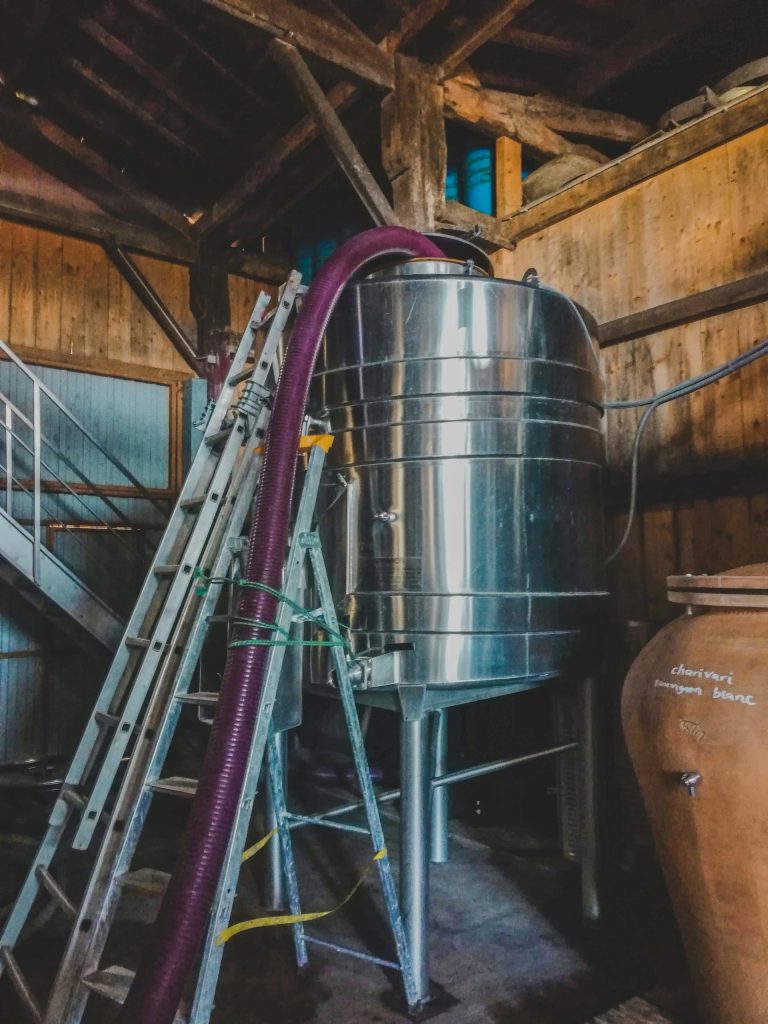
In the heart of the Mediterranean lies Sardinia, an Italian island famous for its high number of centenarians. Many people believe Cannonau wine plays a role in this impressive longevity. Cannonau, a local variety of the Grenache grape, thrives in Sardinia’s warm, dry climate. It produces a bold red wine with flavors of dark fruit, spices, and earthy undertones. What makes Cannonau especially remarkable is its high level of antioxidants, particularly resveratrol, a compound that has been linked to heart health.
Sardinians drink Cannonau as part of their daily routine, typically alongside meals. This practice aligns with the Mediterranean approach to wine: regular, moderate consumption rather than occasional overindulgence. By sipping Cannonau slowly, savoring each flavor, and pairing it with nutrient-dense foods, Sardinians get more than just enjoyment—they get a potential boost to their health.
Research has shown that Cannonau contains up to three times more antioxidants than other red wines. These antioxidants protect cells from oxidative stress, reducing inflammation and slowing down the aging process. While Cannonau isn’t a magical cure, it’s an integral part of the Mediterranean diet that may contribute to the long, healthy lives enjoyed by many Sardinians.

Health Benefits of Cannonau Wine
Cannonau wine is celebrated not just for its bold flavors but for its potential health benefits. Packed with antioxidants, especially resveratrol, Cannonau has properties that promote heart health, reduce inflammation, and protect cells from damage. Resveratrol, found in the skin of grapes, plays a major role in supporting cardiovascular health by helping to lower blood pressure, reduce LDL (bad) cholesterol, and increase HDL (good) cholesterol levels. These benefits work together to decrease the risk of heart disease, which is a key factor in maintaining longevity.
Antioxidants in Cannonau also combat oxidative stress, which is known to accelerate aging. When the body experiences too much oxidative stress, it can damage cells, tissues, and even DNA. Antioxidants help neutralize free radicals, molecules that cause oxidative stress, protecting the body from premature aging and disease. In Cannonau, these antioxidants are more concentrated due to Sardinia’s unique growing conditions, giving it an edge over other red wines.
Recent studies suggest that moderate red wine consumption may also support cognitive health. The antioxidants in Cannonau help protect the brain from neurodegeneration, potentially lowering the risk of conditions like Alzheimer’s and other forms of dementia. By integrating Cannonau into a balanced lifestyle, Sardinians may be helping to protect both body and mind as they age.
Of course, moderation is key. For women, one glass a day is considered beneficial, while men can enjoy up to two. Overindulgence can counteract these health benefits, so it’s essential to savor Cannonau in small quantities, as part of a balanced Mediterranean diet.

Tips for Incorporating Cannonau Wine into Your Diet
Adding Cannonau to your diet doesn’t mean you need to uproot your entire lifestyle. The Mediterranean way is all about simplicity and balance, and Cannonau can fit seamlessly into your meals. Here are some tips for enjoying Cannonau in a way that complements a Mediterranean-inspired diet:
- Pair It with Mediterranean-Inspired Dishes: Cannonau pairs beautifully with a wide variety of Mediterranean dishes. Try it with roasted vegetables drizzled in olive oil, grilled fish, or a hearty whole-grain pasta tossed with fresh tomatoes and herbs. Its bold flavor also complements lean meats like lamb or chicken.
- Enjoy with Antipasti: A classic Mediterranean meal often starts with an antipasti plate. Arrange olives, artichokes, roasted peppers, and a selection of aged cheeses on a platter. The earthiness of Cannonau harmonizes with these flavors, creating a well-rounded experience.
- Savor Slowly: The Mediterranean diet emphasizes mindful eating, and wine is no exception. Take time to savor Cannonau, appreciating its rich, layered flavors. This practice aligns with the cultural approach in Sardinia, where wine is enjoyed slowly over the course of a meal.
- Make It a Social Occasion: Enjoying Cannonau doesn’t have to be a solo activity. Share a bottle with friends or family over a leisurely meal. Conversation, laughter, and connection are essential aspects of the Mediterranean lifestyle, contributing to both mental and physical well-being.
- Cook with Cannonau: Use a splash of Cannonau in your cooking. Its flavors intensify sauces, stews, and even marinades. Simmering Cannonau with garlic, onions, and herbs can create a savory sauce for pasta or meat dishes, infusing them with a rich, robust taste.
Conclusion
The Mediterranean diet and Cannonau wine offer more than just great flavors—they’re a recipe for a healthier, longer life. With its roots in Sardinian tradition, Cannonau brings the essence of the Mediterranean to every sip. By enjoying Cannonau as part of a balanced, mindful diet, you’re not just drinking a glass of wine; you’re tapping into centuries-old wisdom about health, happiness, and longevity.
Next time you sit down for a meal, drink a glass of Cannonau. Savor the taste, enjoy the moment, and think about a lifestyle that celebrates wellness and vitality. Sardinians have known the secret for generations. Now, it’s your turn to experience the beauty of the Mediterranean way—one glass at a time.


















